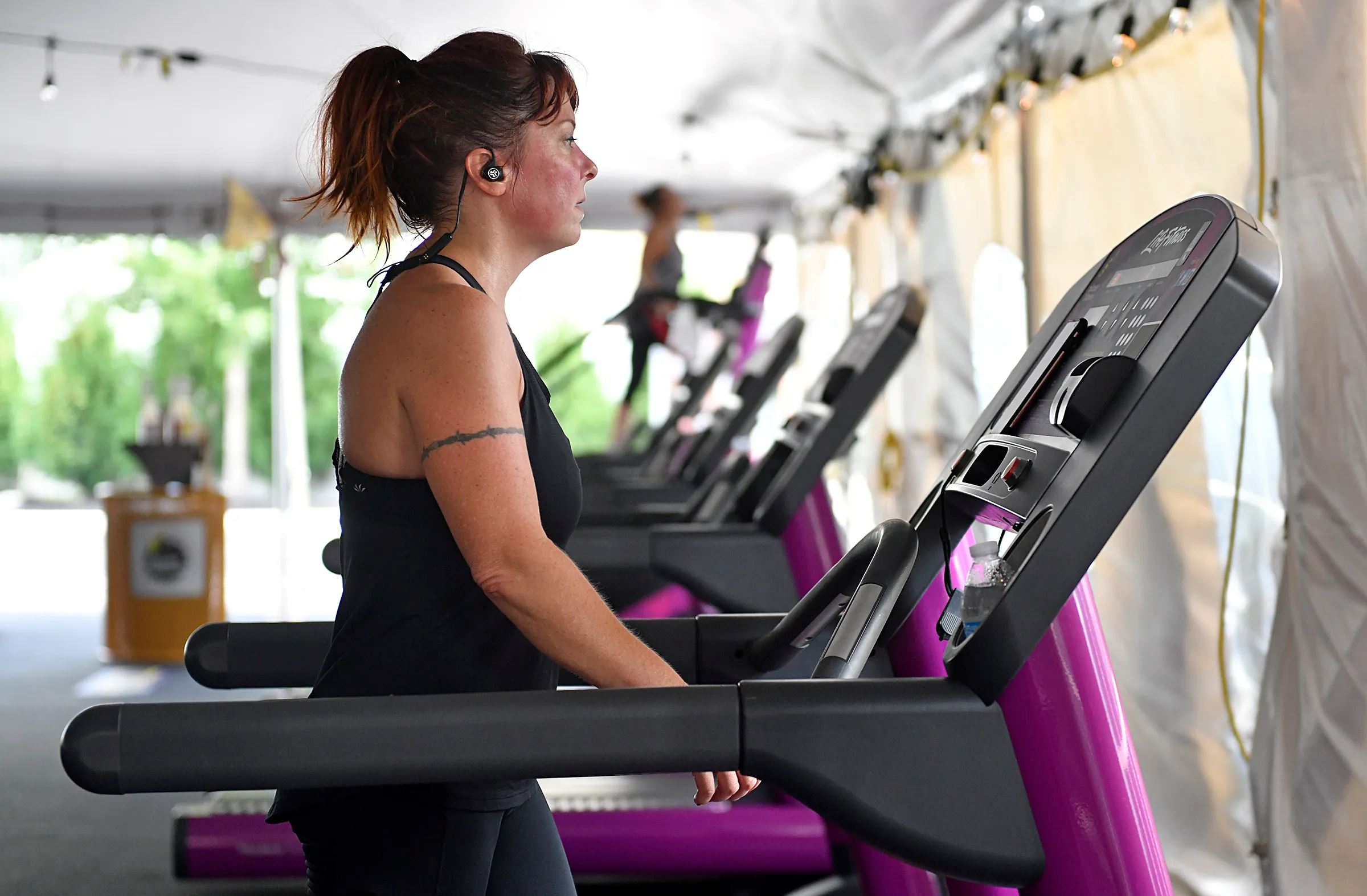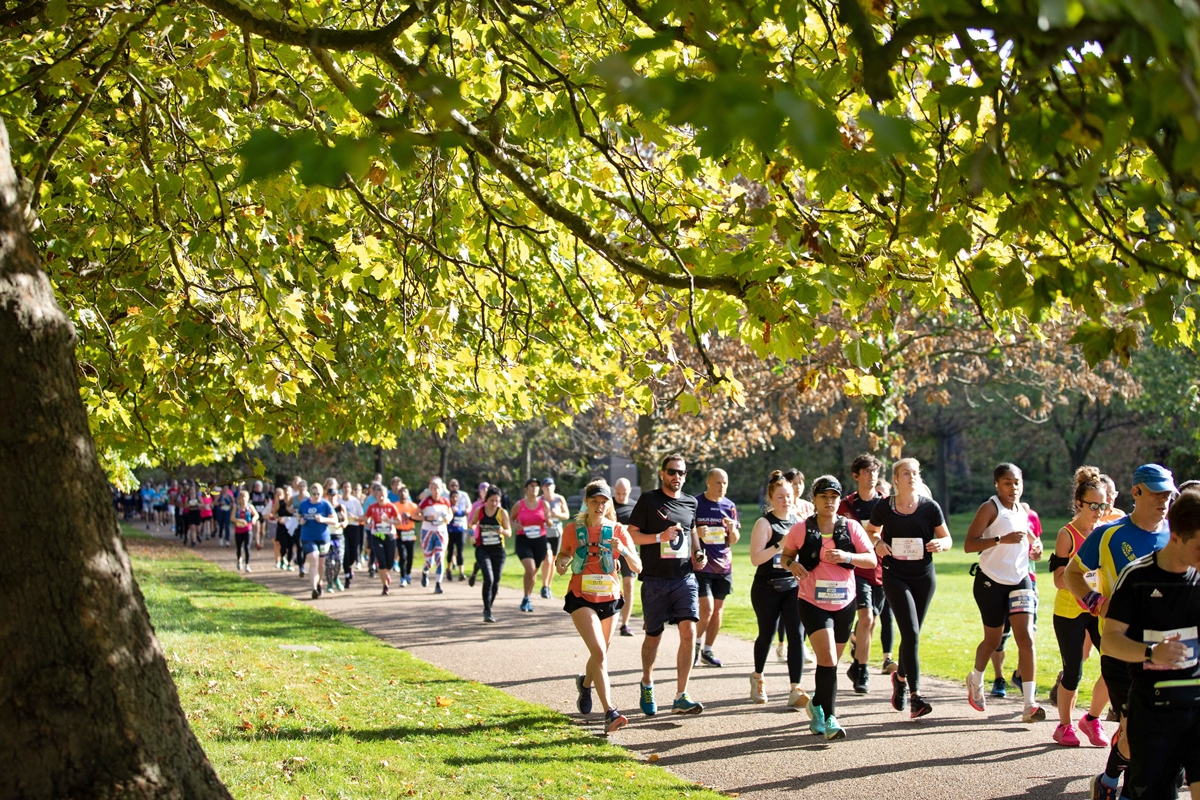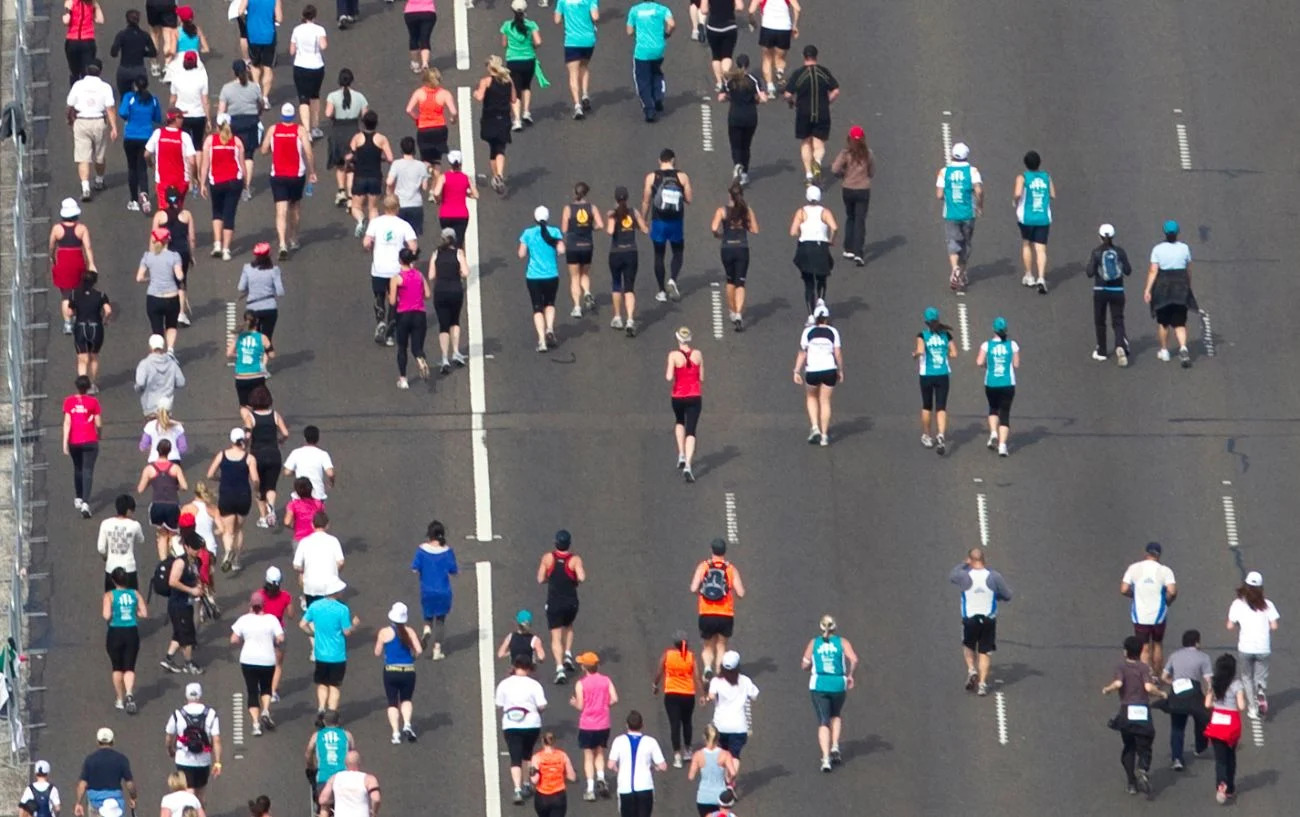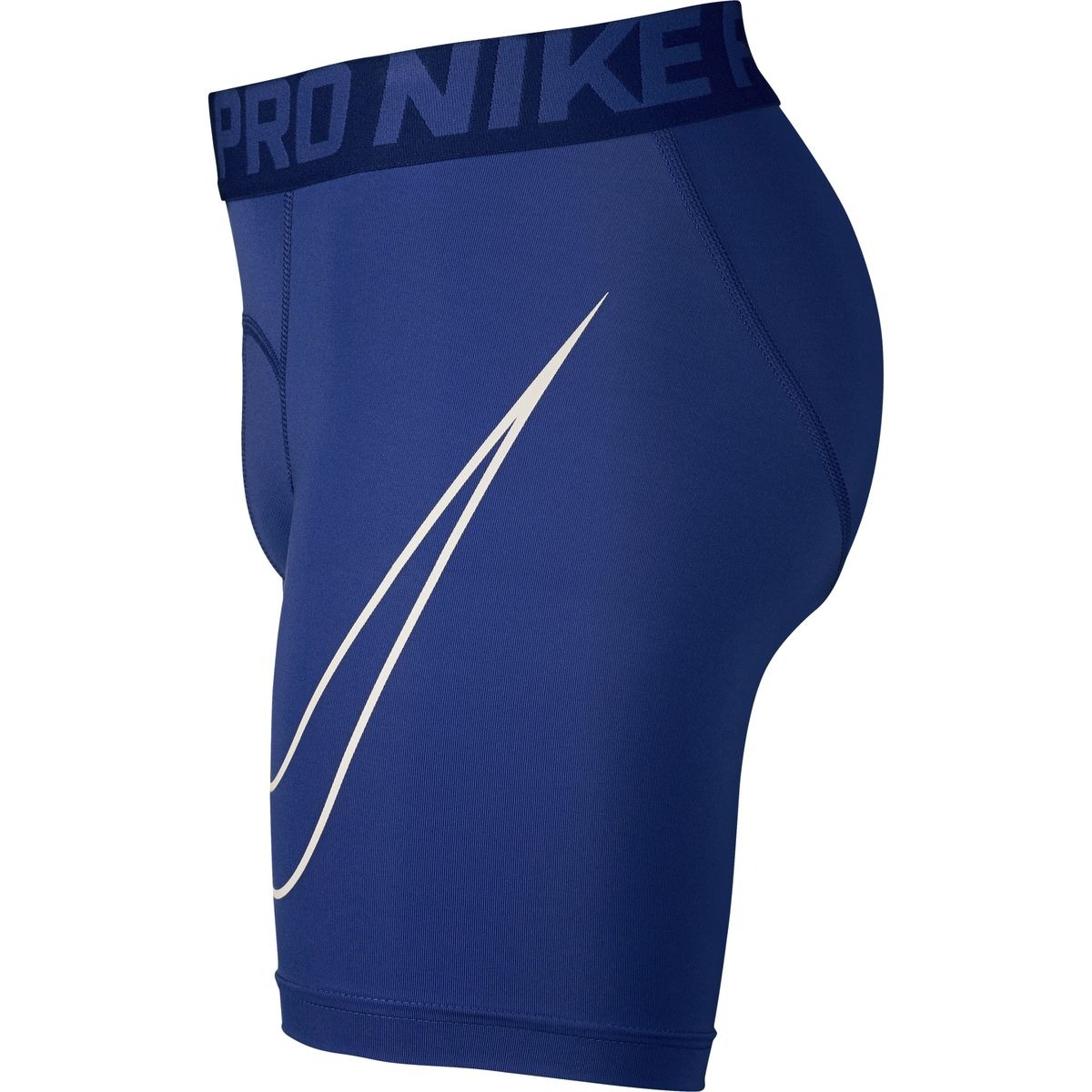Home>Misc>Featured>What Is The Maximum Distance Running The Lowest Data Rate For 802.11B


Featured
What Is The Maximum Distance Running The Lowest Data Rate For 802.11B
Published: August 12, 2023
Learn about the maximum distance for 802.11b at the lowest data rate with our featured article. Discover the networking capabilities of this technology.
Introduction
Welcome to the world of 802.11b, a wireless networking standard that has revolutionized the way we connect to the internet. In this article, we will explore the concept of maximum distance in relation to the lowest data rate for 802.11b. Understanding the factors that influence this distance can help us optimize our network coverage and ensure reliable connectivity.
802.11b is one of the earliest Wi-Fi standards, introduced in 1999. It operates in the 2.4GHz frequency band and offers a maximum data rate of 11 Mbps. While newer standards like 802.11ac and 802.11ax have emerged with higher data rates, 802.11b still holds its ground as a cost-effective solution for various applications.
Data rate is a critical parameter in wireless networks as it determines the amount of data that can be transmitted within a given time frame. The lower the data rate, the longer it takes to transmit a given amount of data. However, as the data rate decreases, the range or maximum distance that a signal can travel without significant degradation increases.
It’s important to note that the maximum distance is not solely determined by the data rate. Multiple factors come into play, including the power level of the transmitter, the presence of obstacles, and the sensitivity of the receiver. Therefore, understanding these factors and their impacts is crucial in estimating the maximum distance of 802.11b networks.
Overview of 802.11b
Before diving into the specifics of maximum distance and data rates, let’s take a brief look at the 802.11b standard itself. As mentioned earlier, 802.11b is a wireless networking standard that operates in the 2.4GHz frequency band.
802.11b uses direct-sequence spread spectrum (DSSS) modulation, which spreads the signal over a wider bandwidth to improve resistance to interference. This modulation technique allows for reliable communication in noisy environments. Moreover, 802.11b uses 22 MHz wide channels, resulting in less crowding in the frequency spectrum.
One of the key features of 802.11b is its backward compatibility with previous standards like 802.11 and 802.11a. This means that devices supporting 802.11b can connect to networks using older standards, ensuring interoperability. However, it’s important to note that the data rate will be limited to the lowest common denominator.
In terms of data rates, 802.11b supports four distinct rates: 1 Mbps, 2 Mbps, 5.5 Mbps, and 11 Mbps. These rates represent the maximum achievable data transfer speeds under ideal conditions. However, it’s important to keep in mind that real-world performance may vary depending on various factors like distance, interference, and network congestion.
802.11b has become widely adopted due to its affordability and compatibility. It has found applications in various settings, including home networks, small businesses, and public hotspots. While newer standards offer faster data rates, 802.11b continues to play a role in scenarios where cost-effectiveness and backward compatibility are crucial.
Understanding Data Rate in 802.11b
Data rate is a fundamental aspect of wireless communication, and it plays a crucial role in determining the performance and capabilities of a Wi-Fi network. In the context of 802.11b, data rate refers to the speed at which data is transmitted over the network. The higher the data rate, the faster the data can be transferred.
802.11b offers four different data rates: 1 Mbps, 2 Mbps, 5.5 Mbps, and 11 Mbps. These data rates represent the maximum achievable speeds under ideal conditions. However, it’s important to understand that the actual data throughput may be lower due to various factors.
The data rate in 802.11b is determined by a combination of modulation and coding schemes. The lower rates (1 and 2 Mbps) use simpler modulation schemes that allow for better signal robustness and longer range. On the other hand, the higher rates (5.5 and 11 Mbps) use more complex modulation schemes that enable faster data transmission but may be more susceptible to interference and have a shorter range.
Furthermore, the data rate can be influenced by other factors such as signal strength, signal-to-noise ratio, and channel congestion. A stronger signal and a higher signal-to-noise ratio will allow for more reliable and faster data transmission. Conversely, a weak signal or high levels of interference can result in reduced data rates and degraded performance.
It’s important to note that in a wireless network, the data rate can vary dynamically based on the prevailing conditions. For example, when the signal strength decreases or interference increases, the network may automatically switch to a lower data rate to maintain a stable connection. This dynamic rate adaptation ensures better reliability in challenging environments.
Understanding the data rate in 802.11b is crucial for optimizing network performance. By selecting the appropriate data rate, considering factors such as range requirements and interference levels, network administrators can strike a balance between speed and reliability. Moreover, knowing the data rate can help in estimating the maximum distance that can be covered by the network, taking into account the inverse relationship between data rate and range.
Factors Affecting Maximum Distance in 802.11b
When it comes to determining the maximum distance of an 802.11b network, several factors come into play. Understanding these factors is essential in optimizing network coverage and ensuring reliable connectivity.
1. Transmit Power: The transmit power of the wireless devices directly affects the range. Higher transmit power enables signals to travel farther, while lower transmit power limits the coverage area. It’s important to note that regulatory restrictions may impose limitations on the maximum transmit power allowed in different regions.
2. Receiver Sensitivity: Receiver sensitivity refers to the ability of a device to detect and receive weak signals. Devices with higher receiver sensitivity can maintain connections over longer distances, even with weaker signals. When planning network coverage, it’s important to consider the receiver sensitivity of the devices to ensure adequate signal reception.
3. Antenna Gain: The antenna gain also plays a significant role in determining the coverage distance. Higher antenna gain allows for better signal propagation and reception, extending the reach of the network. Using antennas with higher gain can help in extending the coverage area and overcoming obstacles.
4. Obstacles and Reflections: Physical obstacles such as walls, buildings, and furniture can obstruct the signal and degrade the coverage distance. Additionally, reflections caused by surfaces like metals can cause signal interference and reduce the effective range. Understanding the layout and composition of the environment is crucial in optimizing network coverage and overcoming obstacles.
5. Interference: Interference from other wireless devices, appliances, and environmental factors can impact the range of an 802.11b network. Interference can weaken the signal and reduce the distance at which reliable connections can be established. Minimizing sources of interference and selecting appropriate channel settings can help mitigate the impact of interference on network coverage.
6. Data Rate: As mentioned earlier, the data rate in 802.11b is inversely related to the range. Lower data rates have longer reach, while higher data rates have shorter coverage distances. Achieving higher data rates may require devices to be closer to the access point. Adjusting the data rate settings based on the desired coverage area can help optimize network performance.
By considering these factors and their interactions, network administrators can make informed decisions when it comes to optimizing the range and coverage distance of their 802.11b networks. Balancing the various parameters can ensure reliable connectivity and meet the specific requirements of different environments.
Calculating the Maximum Distance with the Lowest Data Rate
Calculating the maximum distance of an 802.11b network with the lowest data rate can provide valuable insights into the coverage area and help determine the placement of access points or routers. By considering the transmit power, receiver sensitivity, and other factors, we can estimate the range at which reliable connections can be established.
One approach to calculating the maximum distance is to consider the free space path loss (FSPL) model. This model assumes an open space environment with no obstacles or interference. It takes into account the transmit power, receiver sensitivity, and operating frequency of the network.
The FSPL can be calculated using the following formula:
FSPL (dB) = 20 log10(d) + 20 log10(f) + 20 log10(1,000,000/c) + Gtx + Grx
Where:
- d is the distance in meters between the transmitter and receiver
- f is the operating frequency in hertz (Hz)
- c is the speed of light (approximately 3 x 10^8 meters per second)
- Gtx is the transmitter gain (in decibels)
- Grx is the receiver gain (in decibels)
Using this formula, we can estimate the FSPL for a given distance. However, it’s important to note that this calculation assumes optimal conditions and does not account for obstacles, reflections, or interference. Therefore, it provides a theoretical estimation of the maximum distance.
To calculate the maximum distance with the lowest data rate, we need to select the corresponding data rate (1 Mbps) and consider the lowest acceptable signal-to-noise ratio (SNR) for reliable communication. The SNR typically varies depending on the application, but a common threshold is around 20 dB.
By rearranging the FSPL formula, we can solve for the maximum distance (d) at the lowest data rate:
d = 10^((SNR – 20 log10(f) – 20 log10(1,000,000/c) – Gtx – Grx) / 20)
By plugging in the appropriate values for the SNR, operating frequency, transmit power, and receiver sensitivity, we can calculate the maximum distance for the lowest data rate. Keep in mind that this calculation provides an estimation and should be validated through real-world testing and considerations of other factors that can affect the range.
Understanding how to calculate the maximum distance with the lowest data rate allows network administrators to make informed decisions when it comes to network planning, device placement, and coverage optimization. By considering the various parameters and factors, they can ensure reliable connectivity and meet the demands of their specific environment.
Real-World Examples of Maximum Distance for 802.11b
While theoretical calculations provide estimates of the maximum distance of an 802.11b network, real-world scenarios often introduce complexities that can affect the actual coverage range. Factors such as interference, obstacles, and environmental conditions play a significant role in determining the practical range of the network. Let’s explore some real-world examples to understand the variations in maximum distances.
Example 1: Office Environment
In an office environment with typical office walls and minimal obstacles, an 802.11b network operating at the lowest data rate of 1 Mbps can achieve a coverage range of approximately 100-150 feet. While this range may suffice for small to medium-sized offices, larger offices may require additional access points strategically placed to ensure seamless connectivity throughout the premises.
Example 2: Residential Setting
In a residential setting with normal household walls, an 802.11b network at the lowest data rate may provide coverage within a range of 75-100 feet. However, the presence of obstacles such as appliances or thick walls can significantly impact the signal strength, reducing the effective range. Placement of the router in a central location and using signal repeaters or extenders can help overcome these challenges and extend the coverage area.
Example 3: Outdoor Public Spaces
In outdoor public spaces such as parks or campuses, the coverage range of an 802.11b network can be significantly greater. With fewer obstacles and a clear line of sight, networks operating at the lowest data rate can cover distances of up to 300-500 feet. It’s important to note that the presence of interference from other wireless devices or high levels of signal congestion can still impact the range in such environments.
These examples highlight the variations in maximum distance for 802.11b networks in different settings. It’s crucial to conduct on-site surveys and testing to accurately determine the coverage range for specific deployments. Factors such as transmit power, receiver sensitivity, antenna gain, and the presence of interference must be taken into account to ensure reliable connectivity within the desired coverage area.
Furthermore, advancements in technology, such as the use of higher-gain antennas, signal amplifiers, and beamforming techniques, can enhance the coverage distance of 802.11b networks. Careful planning, optimizations, and ongoing monitoring can help maximize the coverage range and deliver a robust Wi-Fi experience to users.
Conclusion
Understanding the maximum distance and data rate in 802.11b networks is crucial for optimizing coverage and ensuring reliable connectivity. While 802.11b may be an older Wi-Fi standard, its cost-effectiveness and backward compatibility make it a viable option for various applications.
We explored the fundamentals of 802.11b, including its overview and the four data rates it supports. The data rate directly influences the speed of data transmission, with lower rates offering longer coverage distances. However, several factors come into play when determining the maximum distance.
Factors such as transmit power, receiver sensitivity, obstacles, reflections, interference, and data rate all impact the coverage range of 802.11b networks. By carefully considering these factors, network administrators can optimize the performance and range of their networks.
Calculating the maximum distance with the lowest data rate provides valuable insights into coverage area and aids in network planning and device placement. However, it’s important to keep in mind that real-world conditions may differ from ideal calculations and require adjustments based on environmental factors.
Real-world examples demonstrated the variations in maximum distances for 802.11b networks in different settings. The layout and composition of the environment, as well as the presence of obstacles and interference, all influence the achievable coverage range.
In conclusion, by understanding the factors that affect maximum distance, network administrators can make informed decisions to optimize coverage, enhance performance, and provide reliable connectivity for their 802.11b networks. Keeping up with advancements in technology and conducting periodic assessments will help ensure that networks continue to meet the evolving demands of wireless communication.








